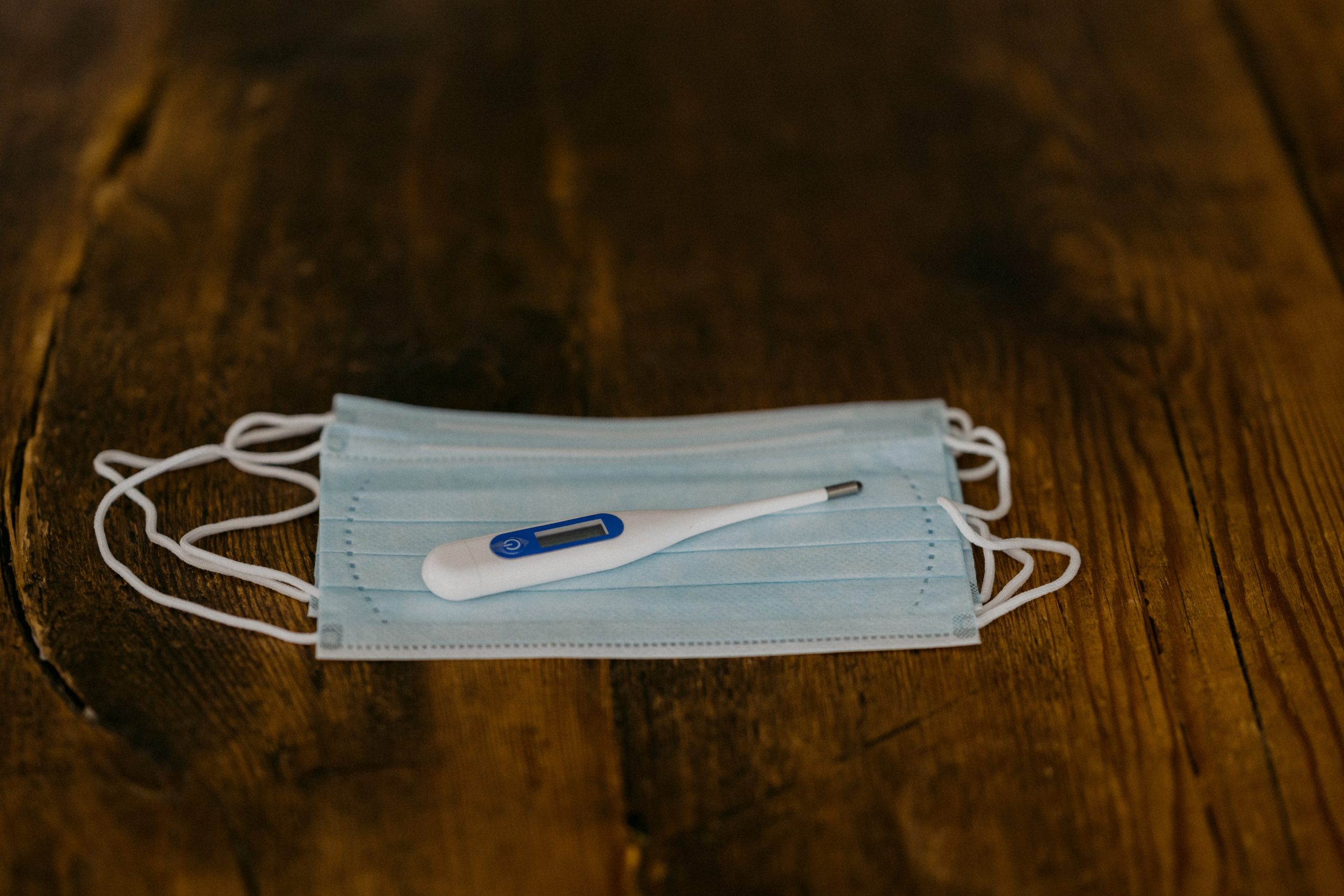Opinion: Masks for COVID-19
Since March of this year, the Center for Disease Control (CDC) and medical experts have been asking you to stay home, stay socially distant and wear masks in public. But what types of masks are you supposed to wear? What loopholes have others found and what has the CDC specified qualifies as a proper mask?
According to a mask-wearing guide by the CDC, the best masks are multilayered, completely cover both the nose and mouth without gaps and should be made of breathable materials.
The most effective types of masks may include:
Hybrid masks: An article, by Aria Bendix and Yuqing Liu, for BusinessInsider, stated, “Among the safest homemade options.” The CDC recommends at least three layers, but any multi-threaded fabric is best for filtering out particles.
N95 masks: “N95 masks are the most protective because they seal tightly around the nose and mouth so that few viral particles seep in or out.” Studies show that fewer than 0.1% droplets were transferred in the masks. Because of their efficiency, they are mainly recommended for health-care workers.
Bandanas & scarves: Many experts agree that they do not offer proper protection, but some establishments, including ski resorts, still enforce CDC approved face masks over random articles of clothing.
Neck gaiters: While it may be better than no mask at all, neck gaiters do not qualify as proper masks in many establishments due to the thin layering.
Face shields: While proven to be effective, shields are easily breakable and the long-term effects cannot be tested because of the variability of masks from the past few months.
Other types of masks include cone-style that help to bridge the nose, cotton and silk masks that vary in performance, and thickly-layered Sea-towel masks.
Many people have created homemade masks from t-shirts, rags, vinyl and denim. But only the thickest layers are the most effective.
In an article for ScienceDaily, Mikayla Mace writes, “The next best options, according to the research N95 and surgical masks and, perhaps surprisingly, vacuum cleaner filters, which can be inserted into filter pockets in cloth masks. The vacuum filters reduced infection risk by 83% for a 30-second exposure and 58% for a 20-minute exposure. Of the other nontraditional materials evaluated by the researchers, tea towels, cotton-blend fabrics and antimicrobial pillowcases were the next best for protection.”
Whatever mask you wear, it is important to pay attention to state guidelines. Always wear the mask over your nose and continue to stay six feet away from people even if you are wearing a mask.
Make sure to choose your masks wisely and wear them correctly.

Megan Cowdell is a freshman opinion columnist studying for a bachelor’s in Communications. She loves music, reading and wants to write books for a living.
megan.cowdell@usu.edu

